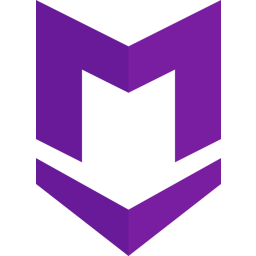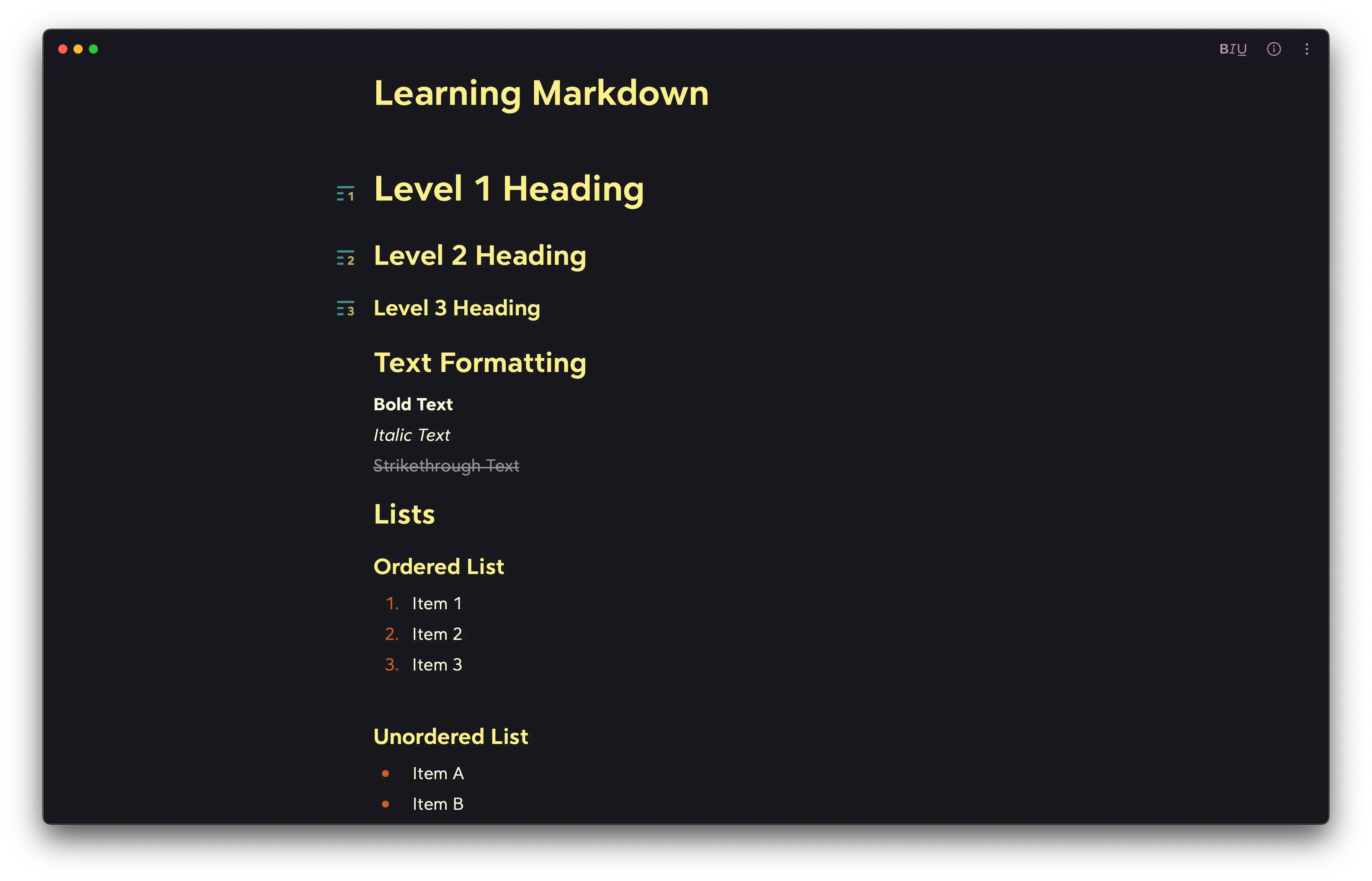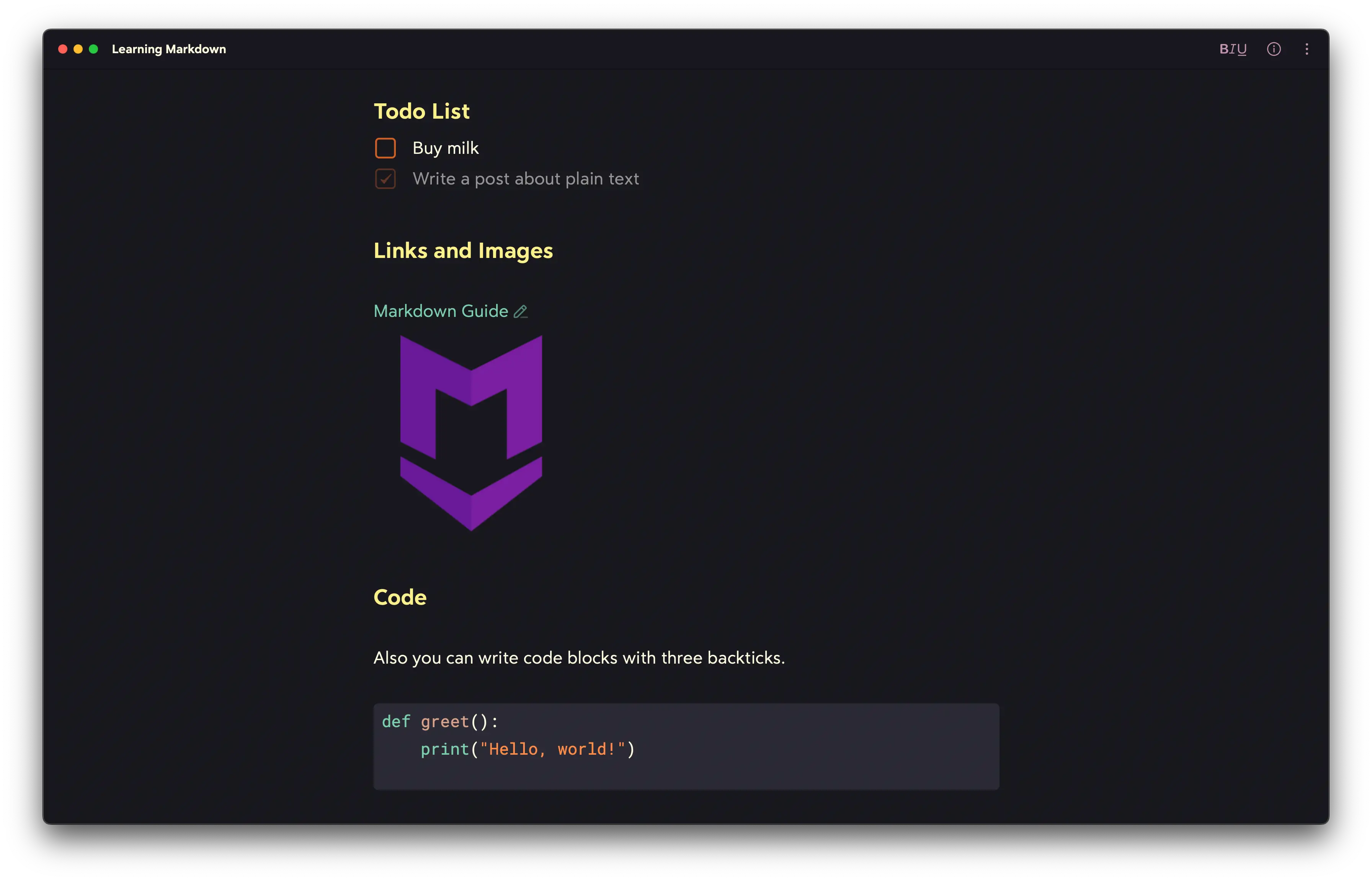2024-03-03
As Steph Ango mentions in his article, plain text files are more than files that have texts in them. They also symbolize a way of life. They make you face your technological habits, make you more aware of the stuff you create and encourage you to hold onto your creations.
If you don't know what plain text files are, they are files that have human readable content in them.
I am sure that at some point we all have opened up a notepad software in our computers and written simple stuff that don't have any fancy headings, colors or pictures. These notes would then be saved as .txt files.
With the rise of note-taking apps such as notion and simple to-do apps, the need for these .txt files diminished. Now we live in a world that produces a new multi-million dollar silicon valley company that makes a ground-breaking new note-taking app every month.
But was the diminishing of these simple .txt files good for us. Yes it was. This was of course a system that was doomed to fail. It is important that we color our notes, make big titles and add pictures. They make things more easy and joyful. But there was a great thing about these .txt files. They were simple and could be open everywhere. You didn't need an app that was 5 dollar every month and only available for iPhones.
Luckily we don't have to revive .txt files. We already have markdown (.md) and org (.org) files. While the latter is somewhat obscure, markdown is already used in a lot of places and have a thriving community.
Markdown is a markup language that lets you add formatting elements to plain text files. Markdown can add stuff like; different levels of heading, bullet lists, to-do lists, hyperlinks, pictures and many more. And you can do these awesome things without ever needing a mouse. When you want to have a big title you can start your sentence with #, or if you want to make your text bold you can put '**' sign to the beginning and the end of your text. Let's do a little demo.
# Learning Markdown
# Level 1 Heading
## Level 2 Heading
### Level 3 Heading
## Text Formatting
**Bold Text**
*Italic Text*
~~Strikethrough Text~~
## Lists
### Ordered List
1. Item 1
2. Item 2
3. Item 3
### Unordered List
- Item A
- Item B
- Item C
### Todo List
- [ ] Buy milk
- [x] Write a post about plain text
### Links and Images
[Markdown Guide](https://www.markdownguide.org/)

### Code
Also you can write code blocks with three backticks.
```python
def greet():
print("Hello, world!")When we view this code in a markdown supported editor like obsidian, bear, notable or inkdrop. It looks something like this:


As you can see it is fundamentally not difficult. You just have to know the symbols that correspond to what you want. When you get used to markdown, you can write as fast as you can think with files that have proper formatting. For example if you are in a classroom or in a meeting. At the end, you can have a beautiful looking note file out of the box. The apps I mentioned above also support converting these markdown documents to all kinds of useful formats like PDFs, docs and HTMLs. For example, I am writing this blog post with org. While org works a little differently they are similar in a lot of areas. You can check out this interactive org example.
Apart from the convenience, this makes you more aware of what you create. Having little symbols on an application that you have no control over is not something you want if you want to preserve your legacy. While apps like notion might seem like a good option because of their ease of use. These apps will certainly someday fail. But if you use plain text files and apps that support it, when the app you are using dies, you can just take your stuff and move to a different app. And an app dying isn't the only reason. The company behind the app can turn it to a monthly service, remove functionality that you regularly use and, can make all sorts of bad decisions. That is one of the reasons why I love open-source so much, but of course that is another topic. Having your creations as files you own will surely benefit you a whole lot.
I am going to give two starter packs. The first one will be for most of the people, the second one will be for the people who want to go into a rabbit hole and change the way they look at note taking.
While I know started a rant when I mentioned org and Emacs but I assure you they are great if you have the proper free time, as it takes quite the time to get use to it. It took me around half a year to get to a place that I am comfortable in. But now I do 99% of my writing in Emacs and it saves me a lot of time. Learning Emacs and org was probably the best thing I have done for myself.
Make sure you own your files, so that you can preserve your creations. Use apps that support plain text so you can jump ships easily. Definitely check out the starter pack. If you like what you see in the starter pack, forget everything you have learned and use the things in the advanced pack. And send me an email if you have any questions or recommendations.